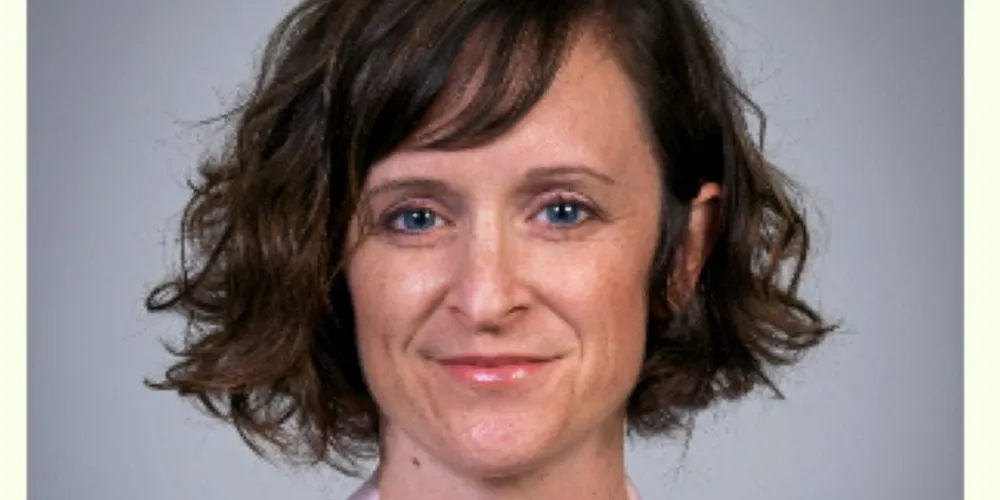US launches Oregon floating wind pursuit with draft areas holding some 2.6GW
Designation of the wind energy areas off the state's southern coast initiates an extended comment period to hear stakeholder concerns as opposition ramps

The US has boosted floating wind development with establishment of two draft wind energy areas (WEAs) in deep waters off the West Coast of Oregon despite burgeoning opposition from an array of stakeholders.
The Bureau of Ocean Energy Management (BOEM), lead regulator of energy development on the US outer continental shelf, set the first WEA around 32 miles (51km) in the northwest corner of the Coos Bay call area.
The second lies just north of the state’s windswept southern border with neighbouring California in the Brookings call area.
A call area refers to a region established by the regulator as having potential for commercial scale offshore wind development.
“As BOEM works to identify potential areas for offshore wind development, we continue to prioritize a robust and transparent process, including ongoing engagement with Tribal governments, agency partners, the fishing community, and other ocean users,” said director Elizabeth Klein.
Oregon has one of the cleanest grids in the US, with some 64% of its power generation in renewables, mostly large-scale hydroelectric, according to the US Energy Information Administration.
It also has a huge opportunity for floating wind development, with its southern coastline enjoying among the highest average wind speeds in the US at over 10 metres per second.
National Renewable Energy Laboratory (NREL) estimates the state has some 65GW of technical offshore wind energy opportunity.
“These new WEAs will benefit not just Oregon, but California and Washington by attracting new investments in ports, vessels, and supply chain companies and delivering reliable power to the Western grid,” said Liz Burdock, CEO of industry advocate group Business Network for Offshore Wind.
Through this development, “the US has an opportunity to emerge as a global leader in floating offshore wind,” she added.
The joint venture (JV) nominated a pair of floating projects with 3GW of capacity into the two areas proposed by the Bureau of Ocean Energy Management (BOEM), the federal regulator of energy development on the outer continental shelf.
“Many valid questions and concerns remain about floating offshore wind,” the letter, which was signed by its two US Congressional senators and representatives, all Democrats.
The deep, cold waters of the US northern Pacific are among the world’s most productive fisheries, and Oregon’s fishing fleet generates an annual average of $500m revenue and employs some 9,200 people, according to the Oregon Department of Fish and Wildlife.
The Affiliated Tribes of Northwest Indians (ATNI) likewise oppose the sector.
The announcement initiates an extended, 60-day comment period, up from the typical 45-days, “at the request of Oregon’s governor and other state officials”, according to Klein.
The mostly rural state lacks significant load centres or a substantial grid. NREL sees the state’s grid capable of integrating some 2.6GW of offshore wind without substantial investment, but anything beyond that would require upgrades that could cost billions.
And despite the lengthy coastline of 363 miles (584km), the state faces a dearth of scalable ports capable of handling floating wind’s massive componentry.